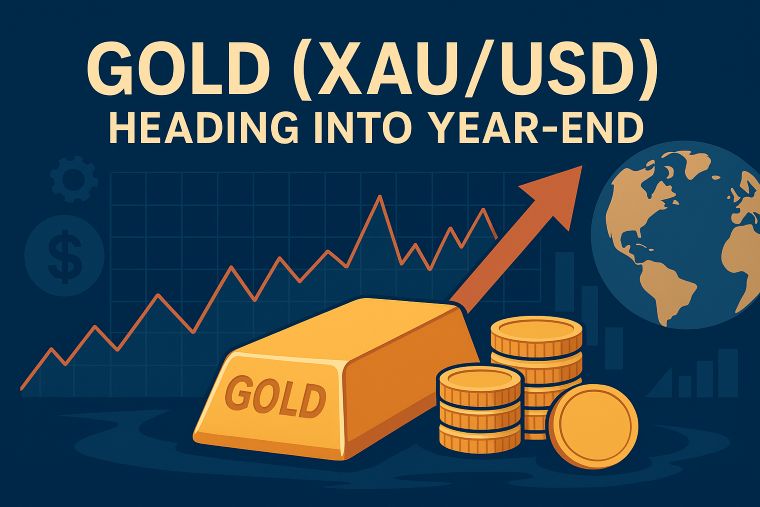4 min to read
The USD/JPY faced renewed downward pressure
dipping back into the mid-145 yen range.

“The USD/JPY faced renewed downward pressure, dipping back into the mid-145 yen range”
In the New York foreign exchange arena today, the USD/JPY grappled with renewed downward momentum, retracing its steps to the mid-145 yen range. The trading day commenced with the unveiling of July’s U.S. PCE data, setting the stage for initial dollar selling. While the USD/JPY briefly flirted with the mid-145 yen mark, it demonstrated a swift recovery thereafter.
Notably, the PCE deflator hints at a measure of price stability in inflation. However, personal consumption expenditure numbers presented a robust performance, albeit falling short of the Federal Reserve’s expectations for a more tempered inflationary ascent. This divergence has prompted fresh concerns for the Fed, which has been resolute in its pursuit of taming inflationary pressures.
Following a brief resurgence, propelling the USD/JPY back into the 146-yen range, the pair embarked on a sharp descent. The backdrop featured diminishing U.S. Treasury yields, yet no discernible catalysts for significant selling pressure were apparent. It appears that the late August selling pressures, rooted in legitimate demand considerations, have carried over into the London Fixing session.
Present market attention is laser-focused on tomorrow’s release of U.S. employment statistics, a data unveiling anticipated to exert considerable influence on the upcoming Federal Open Market Committee (FOMC) meeting. Lingering concerns revolve around the absence of evidence signaling a deceleration in wage growth, a critical element for achieving a soft economic landing. Projections for the Non-Farm Payroll (NFP) indicate an uptick of 165,000 jobs, implying a slowdown in the U.S. labor market. Nevertheless, the scenario concerning average hourly wages still points to year-on-year growth, albeit within the 4% range.
In the realm of the EUR/USD, trading activities during London hours were characterized by a consistent downtrend, with the currency pair briefly grazing the 1.0840-dollar territory. This descent brought it into proximity with the 21-day and 100-day moving averages, elevating expectations for its imminent trajectory. Of note, the 200-day moving average lingers around the 1.0815-dollar threshold, signifying an immediate support level deserving of heightened awareness.
The day also bore witness to the release of August’s Eurozone Harmonized Index of Consumer Prices (HICP), surpassing expectations on both the overall and core indices, culminating in a year-on-year increase of 5.3%. The overachievement can be attributed to base effects stemming from the previous year and recent surges in oil prices, which mitigated anticipated declines in energy costs. It’s essential, however, to acknowledge the influence of base effects originating from a 9-euro transportation ticket in Germany last year, which could potentially engender further softening in subsequent periods. Nonetheless, due to the persistent tightness in the labor market, a regression to levels congruent with the European Central Bank’s (ECB) inflation target is perceived as a distant prospect.
Surprisingly, the Euro responded adversely to the superior-than-expected HICP data. Even in the truncated timeframes of financial markets, the likelihood of an ECB rate hike in the forthcoming month, initially estimated at 40%, has dwindled to 30%. This unexpected reaction appears interwoven with apprehensions surrounding stagflation, intensified by growing apprehensions of an economic downturn within the Eurozone. Schnabel, an Executive Board member at the ECB, expounded on this, articulating that “the growth outlook has deteriorated more substantially than projected by the ECB in June, and underlying inflation remains persistently high.”
Meanwhile, the GBP/USD pair also adhered to a consistent downtrend, marked by the predominance of selling pressure. In the aftermath of today’s decline, it staged a recovery from the 21-day moving average. All eyes are now riveted on market reactions to tomorrow’s U.S. employment statistics, particularly as the 100-day moving average looms in the vicinity of the mid-1.26-dollar range. The market vigilantly awaits whether this level will succumb to bearish forces.
Expectations in the market for additional rate hikes by the Bank of England (BoE) remain notably sanguine. The BoE embarked on the current rate hike cycle ahead of the Federal Reserve, although it is projected to conclude its rate hike journey later than the Fed or the ECB. An incremental 0.25% rate hike is anticipated at the forthcoming September meeting. Nevertheless, it’s noteworthy that short-term financial markets have not fully absorbed this prospect, with expectations hovering around 90%. While there was previously conjecture regarding a substantial 0.50% rate hike, amplified concerns about an impending economic downturn have inculcated a sense of caution within the market.
Today, insights emanated from Philip, the Chief Economist at the Bank of England, who expounded, asserting that “UK interest rates should persist at moderately elevated levels for an extended duration, as opposed to an abrupt ascent followed by precipitous descent.” This commentary has contributed to further tapering of rate hike expectations.
Visit XM Official Website.

